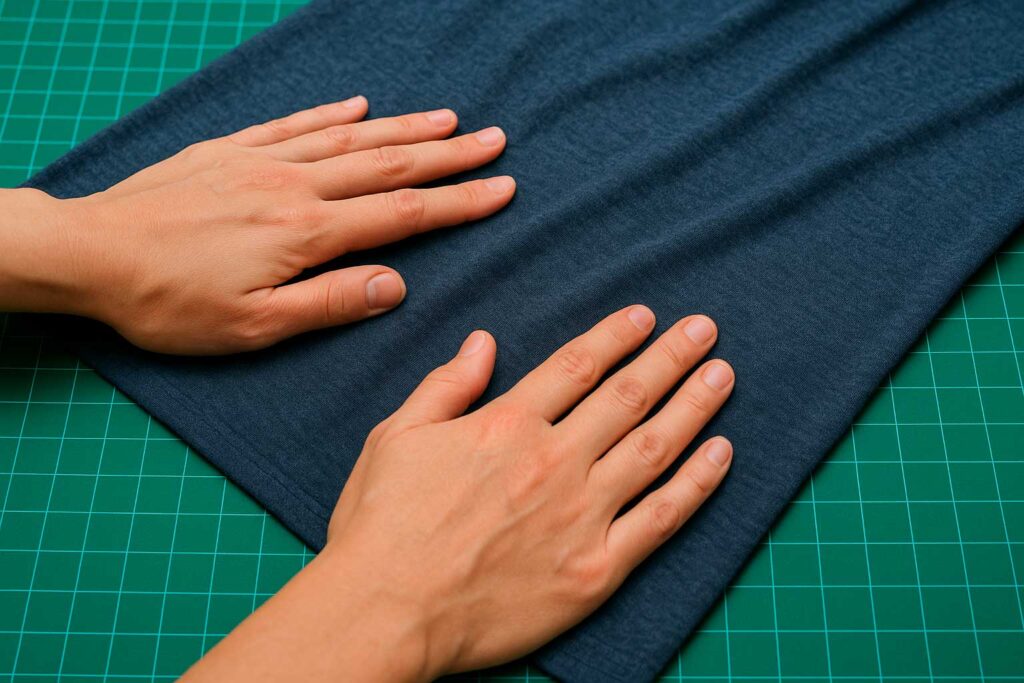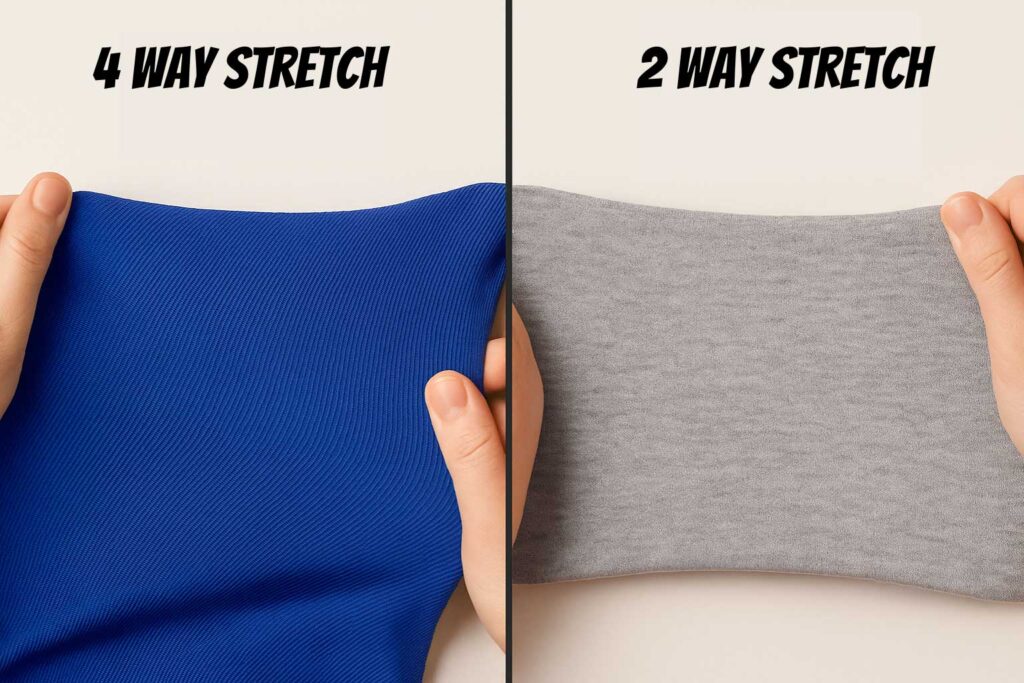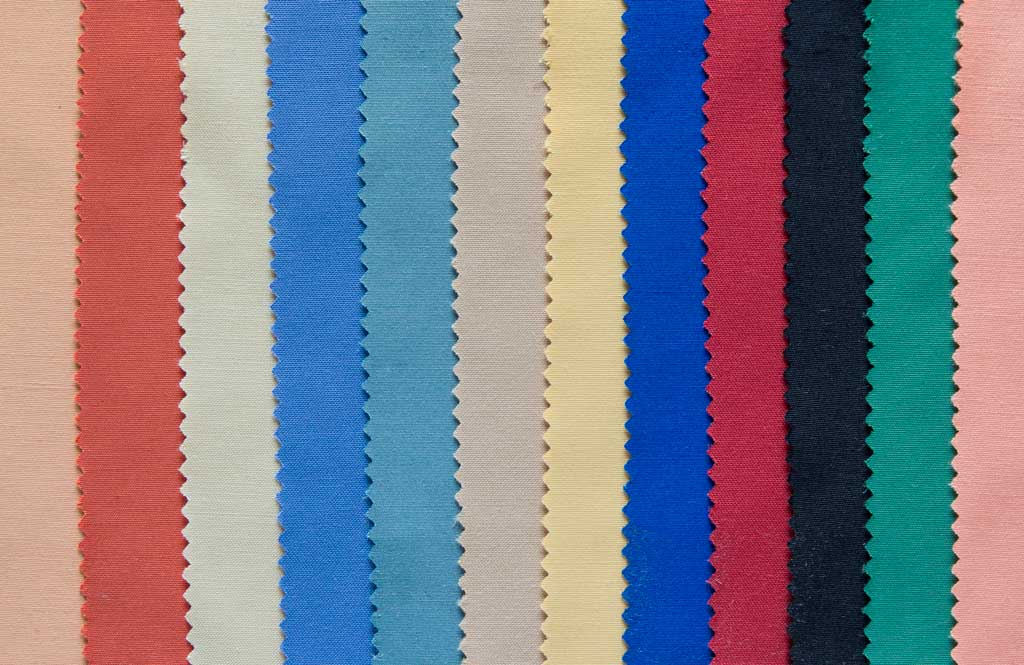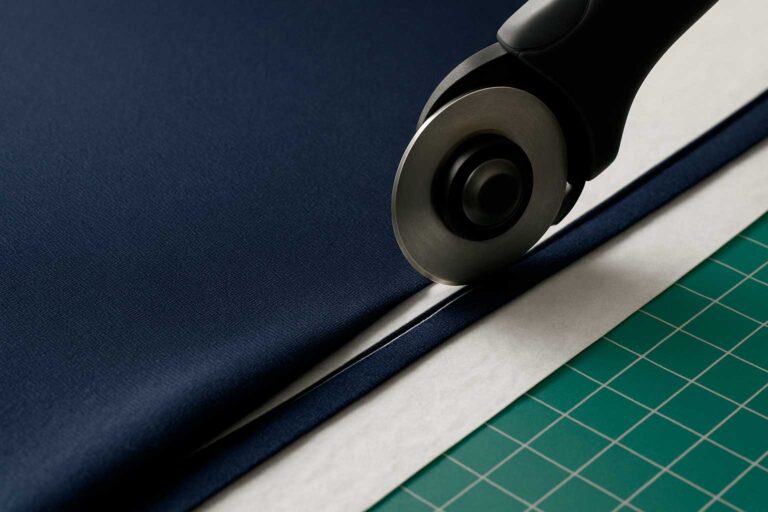
What Are Stretch Fabrics?
When working with stretchy fabrics like jersey, spandex, or lycra, cutting can be one of the trickiest steps. These materials are known for their flexibility and comfort, but that same stretchiness can make them difficult to control during prep. At Big Z Fabric, we work with all kinds of knits and performance textiles, and we know how important it is to cut them the right way for successful sewing.
Why Cutting Stretchy Fabrics Is Different
Unlike woven fabrics, stretchy materials move with your hand — and sometimes against it. This can cause distortion, shifting, or uneven cuts if you’re not careful. The key to working with knits is stabilization, precision, and knowing how the fabric behaves.
Spandex and lycra typically have a four-way stretch, making them ideal for activewear, swimwear, and fitted clothing, but trickier to handle without a few key practices.
Understanding 2-Way vs 4-Way Stretch
Some fabrics only stretch crosswise (2-way), while others stretch both lengthwise and crosswise (4-way), making them ideal for more body-hugging projects.

Tip 1: Pre-Wash and Dry Your Fabric
Always pre-wash and dry your stretchy fabric just as you would after the garment is sewn. Many knit fabrics shrink — even slightly — and cutting before washing can throw off your final fit.
At Big Z Fabric, our knits are durable, but we still recommend a wash cycle before measuring or cutting to ensure accuracy and long-term wear.
Tip 2: Cut on a Flat, Stable Surface
Stretchy fabrics shift with every touch. Lay your fabric on a large, flat surface like a cutting table or even the floor if needed. Use a cutting mat to provide grip underneath, especially if you’re using a rotary cutter.
Avoid cutting on uneven or padded surfaces like a couch or bed — they’ll cause your fabric to warp and may result in slanted lines.
Tip 3: Use Weights Instead of Pins
Pins can stretch or distort stretchy fabric as you place them. Instead, opt for pattern weights to hold your template or pattern down firmly. This helps preserve the fabric’s natural shape and reduces any tension that could affect your cut.
You can use fabric weights, washers, or even small household items like canned food in a pinch!

Tip 4: Use a Rotary Cutter (Not Scissors)
Scissors are fine for small cuts, but they often lift the fabric as you cut, which can lead to jagged or warped edges. A rotary cutter glides along the surface without moving the fabric, giving you crisp, clean lines every time.
Pair your rotary cutter with a ruler for long straight edges — especially important when cutting things like waistbands or cuffs for stretch garments.
Tip 5: Don’t Stretch While You Cut
One of the most common mistakes is pulling or tugging the fabric while cutting. Stretching the fabric — even slightly — changes its size and shape. Once you let go, it contracts back, and your piece may turn out too small or distorted.
Let the fabric lie naturally flat and use soft, steady movements when cutting.
Extra Help for Handling Spandex
When working with ultra-stretchy fabrics like spandex, it’s easy to run into challenges—not just when cutting, but also while sewing. Using stretch needles, testing your stitches on scraps, and knowing how to properly stabilize the fabric can make a huge difference. We’ve found that this topic comes up often, and there’s a helpful article that dives into the nitty-gritty of sewing spandex, especially for beginners or anyone looking to improve their results. It’s worth a read: Craftsy’s guide on sewing spandex offers some excellent pointers.

Bonus Tip: Use Tissue Paper or Interfacing Underneath
If you’re working with ultra-stretchy or slippery fabric like swimwear spandex, place tissue paper or a strip of lightweight interfacing under the fabric as you cut. It adds friction and makes the material easier to manage — especially for beginners.
You can tear the tissue away afterward, or leave interfacing in place if the design calls for added structure.

In Conclusion
Cutting stretchy fabric doesn’t have to be a frustrating experience. With the right tools and a few key habits, you’ll find it’s completely manageable — and even enjoyable.
At Big Z Fabric, we offer a wide variety of stretch fabrics, from soft jerseys to vibrant performance spandex, perfect for activewear, dance costumes, and more. And with the right techniques, you’ll be able to bring your creative vision to life with precision and ease.
Let us know what you’re working on — and don’t forget to browse our full knits and stretch fabric collection at Big Z Fabric.
